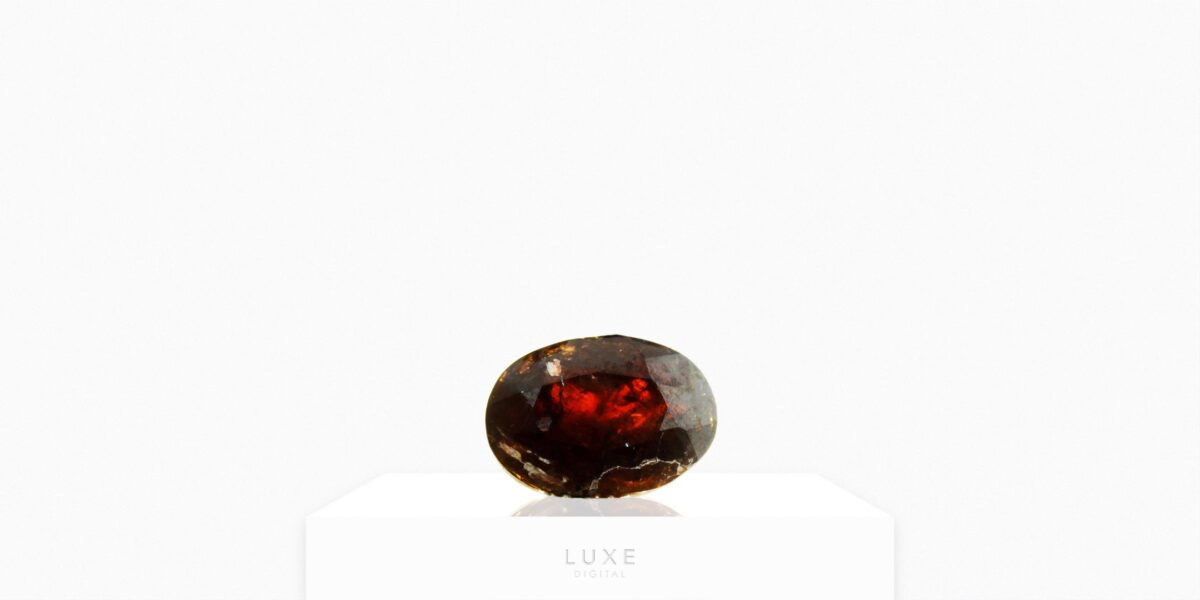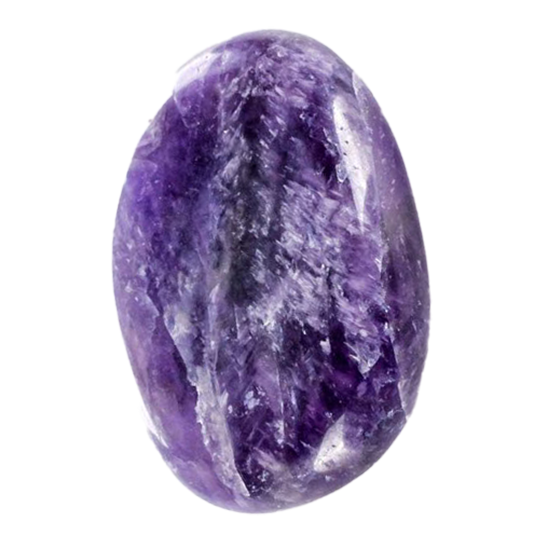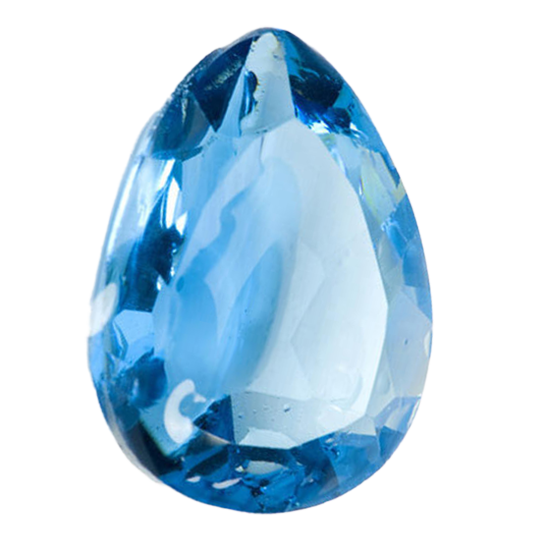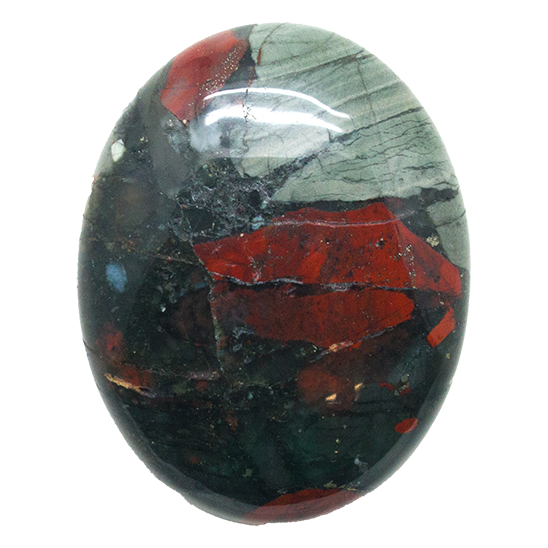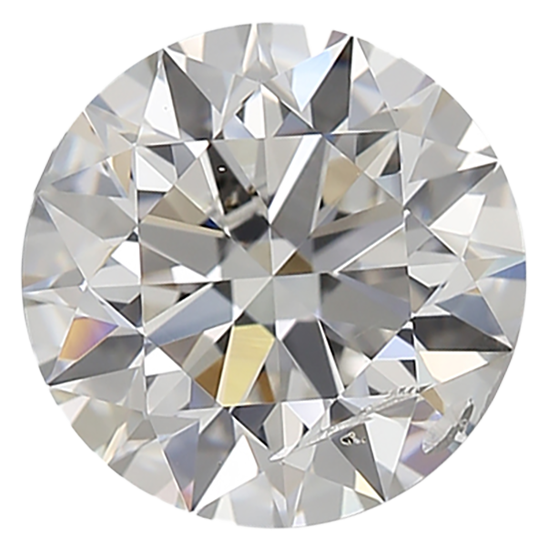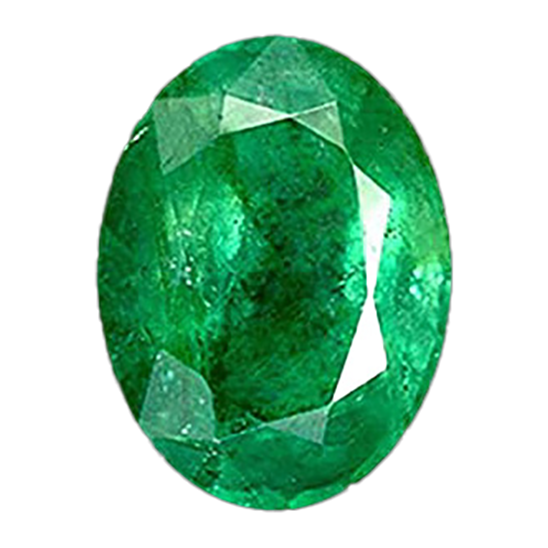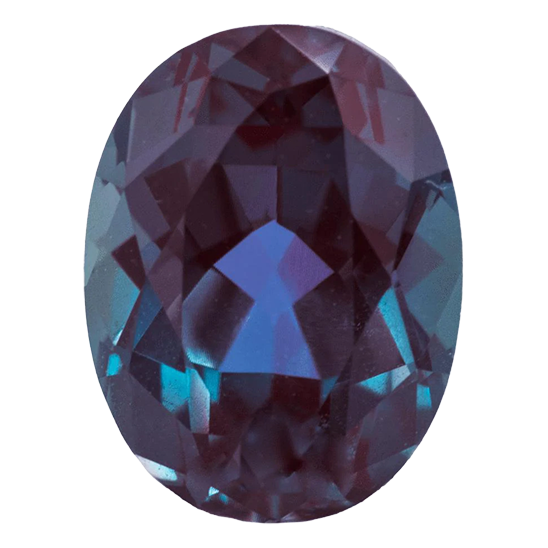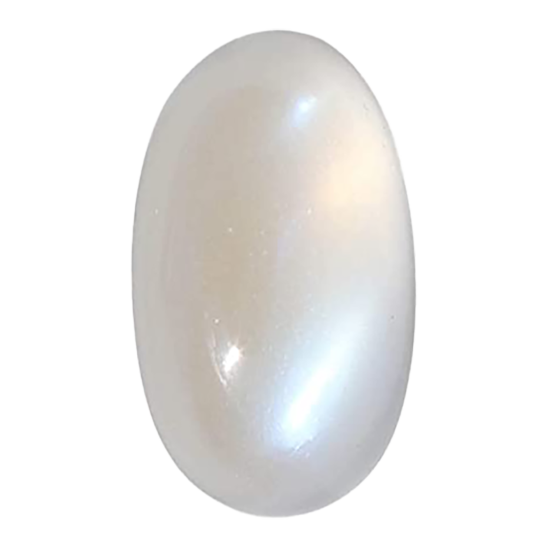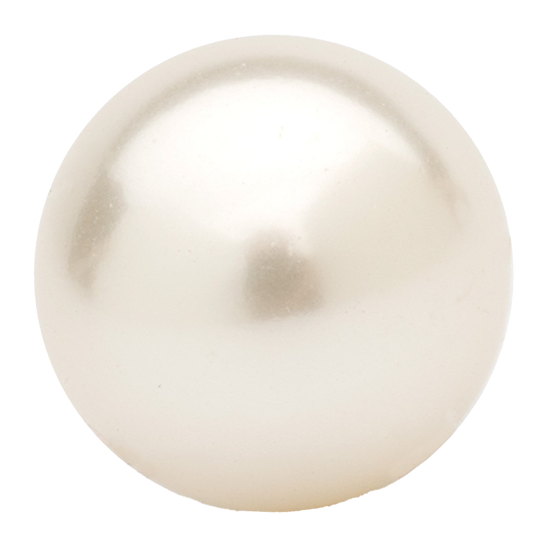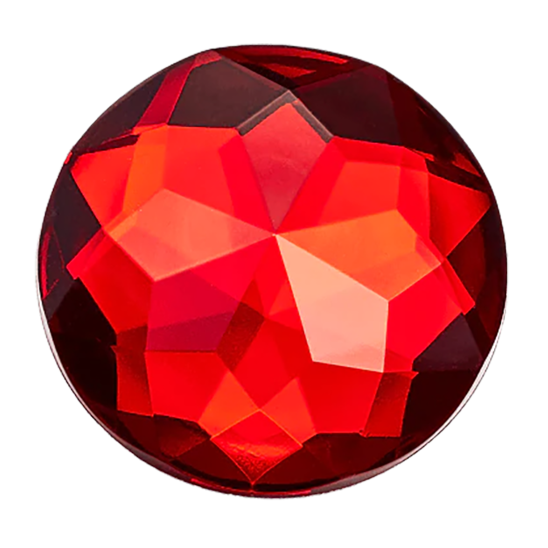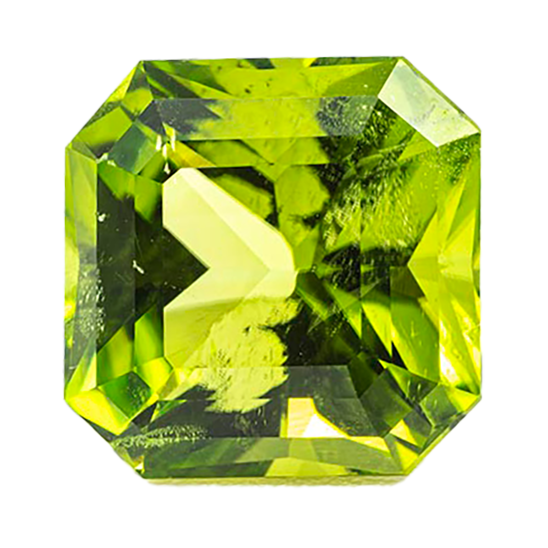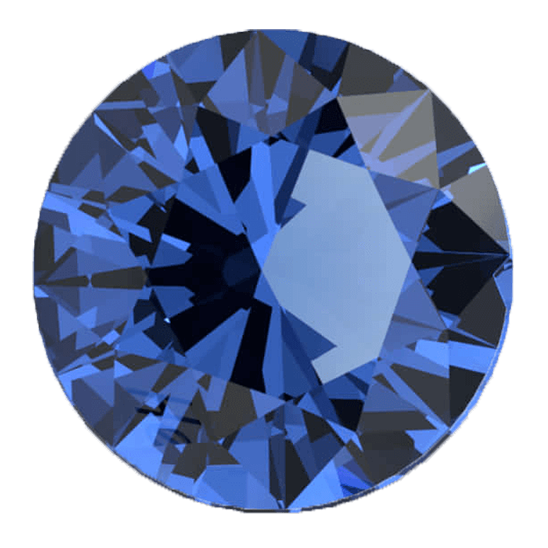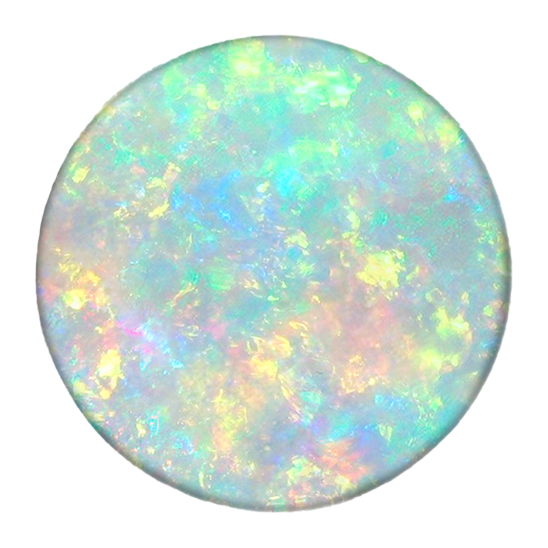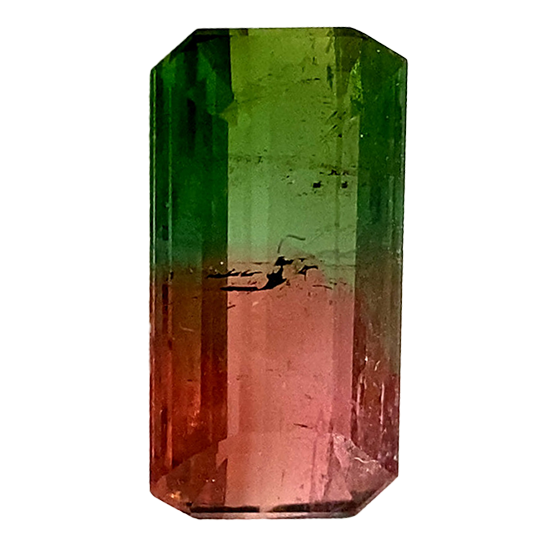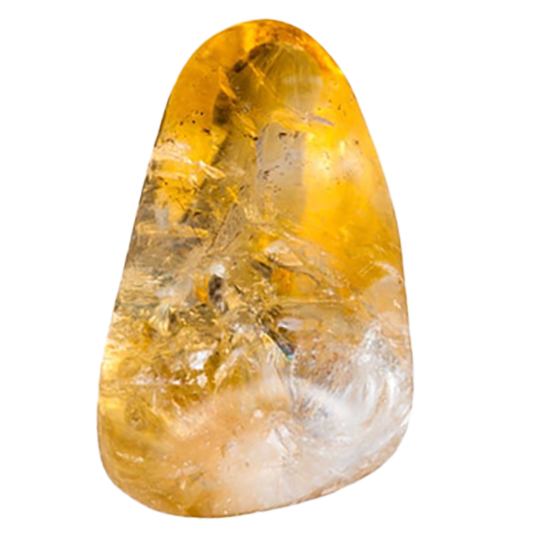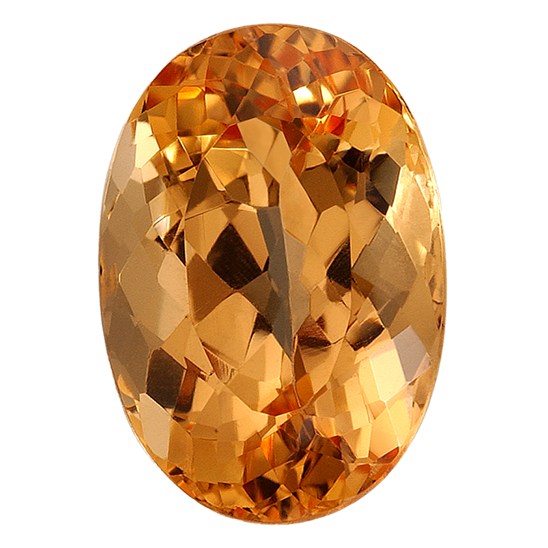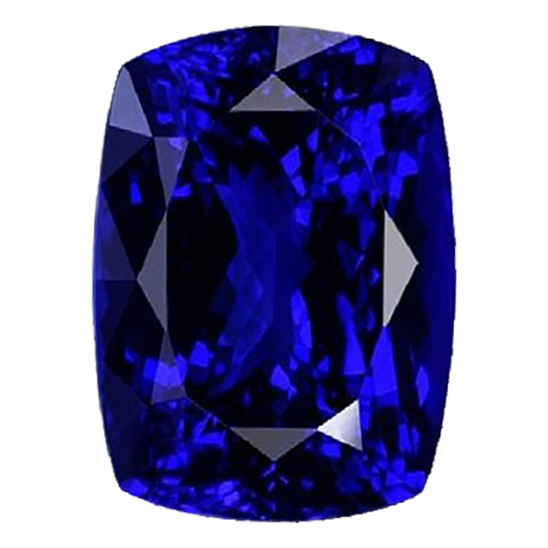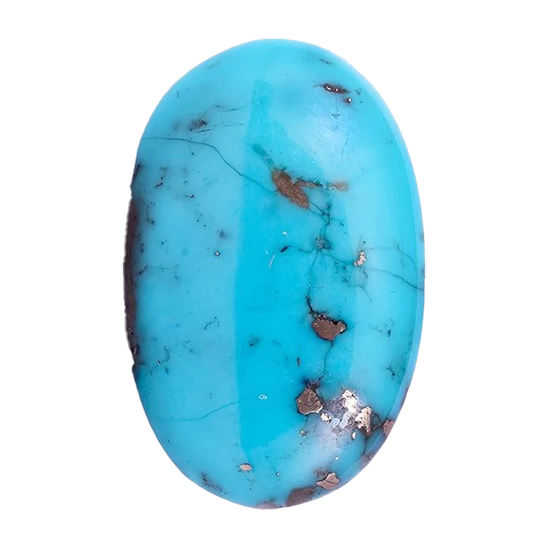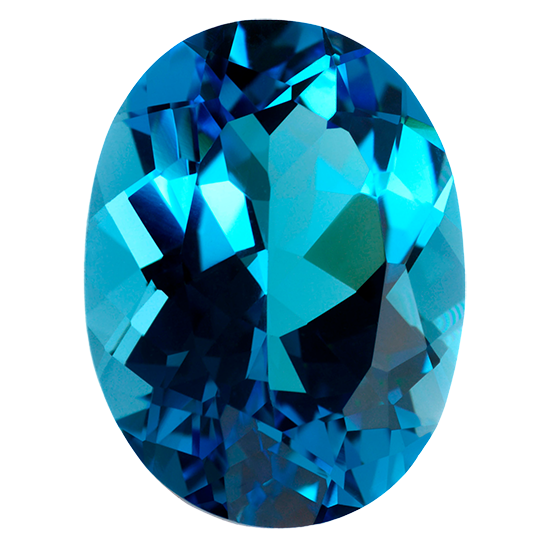A deep garnet red hue with exquisite brilliance: it’s no wonder that painite was once mistaken for a ruby. But while this gem doesn’t have quite the same value as a ruby, it is far rarer.
With just over a few hundred painite crystals known today, this ruby-hued gem is beautiful but also enigmatic. When it was discovered in the 1950s, little was known about what would come from painite deposits. While more painite may be discovered in the future, for now, it’s left its mark with its unique properties and stunning colors.
Here’s an inside look at the unique properties, value, colors, meaning, and a short history of painite.
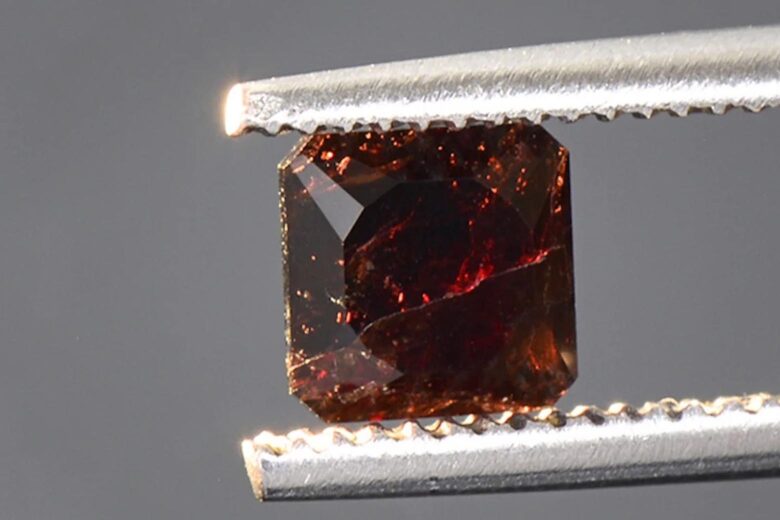
| Painite Color | Garnet, Deep Red, Orange, Brownish-Red |
| Birthstone Month | N/A |
| Hardness Scale | 8 on Mohs Scale |
| Mineral Class | Borate |
| Symbolism | Spiritual, Emotional, and Physical Healing |
What is Painite
Painite is a rare gem and a member of the borate family of minerals. Painite consists of boron and zirconium and was once mistaken for a ruby.
Painite is an exceptional gem in many ways. For one, only a little over 300 painite crystals have been discovered. For another, its rarity means it has a very high value. The average price per carat for painite is between $50,000 and $60,000.
You won’t find painite as a common jewelry gemstone. It has a Mohs hardness rating of 8 out of 10. However, painite is very brittle.
Due to its rarity and brittle nature, painite is mostly displayed in museums. It is not widely available for the commercial market—but it does hold special meaning for its purported healing properties.
What does Painite look like
There’s a reason why some types of painite have been mistaken for rubies. Painite colors include deep red and garnet. However, it can also be reddish-brown, muddy brown, and even rusty orange. Painite of the highest value is a deeper red or bright garnet. Orange-brown is the rarest color of painite.
Painite’s crystal formation is hexagonal and pseudo-orthorhombic. Crystals with a pseudo-orthorhombic indicate angles with unequal axes. Painite luminescence is a faint red to strong red, and sometimes greenish.
At the best quality, painite is transparent, with a vitreous luster. Painite can have a high degree of brilliance. However, raw crystals often are marred with ample inclusions. Gems must be cut carefully and often given a shallow cut.
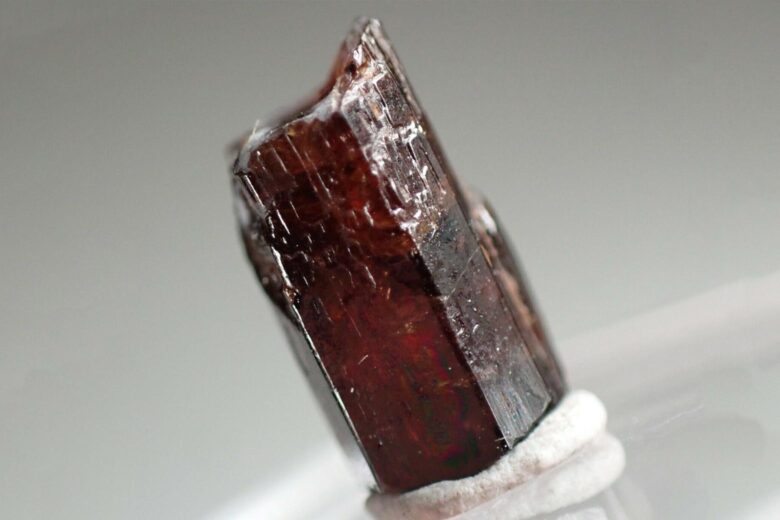
History of Painite
Painite was likely discovered much earlier. It’s been mistaken for a ruby. Painite was first identified as gem in the 1950s by British mineralogist Arthur Pain. The painite crystal weighed a mere 1.7 grams. A museum in Britain technically discovered painite earlier, but labeled it as a ruby.
What’s curious is that a mere two crystals of painite were discovered several decades after. By 2005, just over two dozen painite crystals had been discovered. In 2006, the largest source of painite yet was found in Myanmar. Though the value was not as high as the previous crystals, it was a sign that more painite could be found.
Today, painite still has only ever been discovered in Myanmar. There are only a few hundred crystals officially identified as painite. Many painite crystals are on display in a Swedish laboratory in Lucerne, the Smithsonian, the California Institute of Technology, and the British Museum. The GIA (Gemological Institute of America) also carries painite.
Meaning of Painite
Painite holds significant meaning for those who practice Feng Shui. Though it is not a jewelry birthstone or associated with a specific zodiac sign, painite is a chakra opener.
The term chakra refers to a source of internal energy. Chakra is rotating bundles of energy that some believe impact nerves, bodily functions, and overall well-being. A chakra opener, like painite, is used to allow for a free flow of energy.
As a result, painite is meaningful by encouraging a healthy flow of energy. A chakra opener optimizes physical, mental, and emotional health.
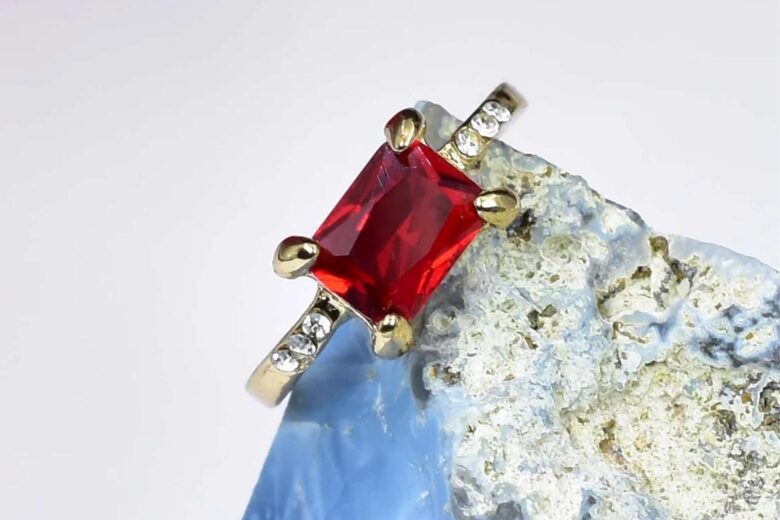
Where does painite come from
Painite is the rarest gem in the world. The reason it earned this designation in 2005 is that painite is only found in Myanmar. The Mogok region of Myanmar is located about 120 miles north of Mandalay in a valley surrounded by mountain ranges.
Painite is sourced from skarn rocks, sometimes alongside rubies. Skarn rocks are a type of metamorphosis rock. They are distinguished by a coarse grain and their rich concentration of calcium, magnesium, iron, manganese, and silicate.
Painite is normally found in fragments, as opposed to full crystals. Thus, not only is painite rare, but it is even more rare to find full painite crystals.
Which family is painite from
Painite is in the borate family of minerals. It is the rarest in its family, due to its unique properties.
The borate family itself isn’t rare. This family of minerals is found within salts and common compounds, such as borax and zinc borates. Sources of other members in the borate family include parts of Europe, especially salt deposits. They are also sourced from Kazakhstan.
Members of the borate family release water when presented with halogens. Borates are noted for their flame retardant properties. For instance, borax is one of the oldest retardants ever used.
Many types of borate are flexible, have superior thermal properties, and are stable in times of heat and pressure.
Birthstones chart
Find your birthstone by month
Frequently asked questions about painite
Painite is worth more than many realize. The price of painite averages an eye-watering $50,000 to $60,000 per carat. This high price is due to how rare painite is. While it doesn’t reach the value of the most expensive rubies, it’s still an exceptionally valuable gem.
Diamonds and rubies are prized for being rare. However, neither diamonds nor rubies are nearly as rare as painite. Painite was named the rarest gemstone in the world in 2005. Unlike other gems, painite is found in just one country in the world. Its formation is unique, making it impossible to find elsewhere.
Painite is a rare mineral, as it can only be found in Myanmar. The reason for this is its unique composition. Painite is composed of boron and zirconium. While boron and zirconium are not in themselves unique, these elements rarely combine. Painite is also unique in the way its crystals form.
Painite only has one known source: Myanmar. This rare mineral is sourced from skarn rock through a unique process. Skarn is a type of metamorphic rock that forms near igneous rocks. Though skarn rocks can be found in places outside of Myanmar, painite has only been found in Myanmar to this day.
